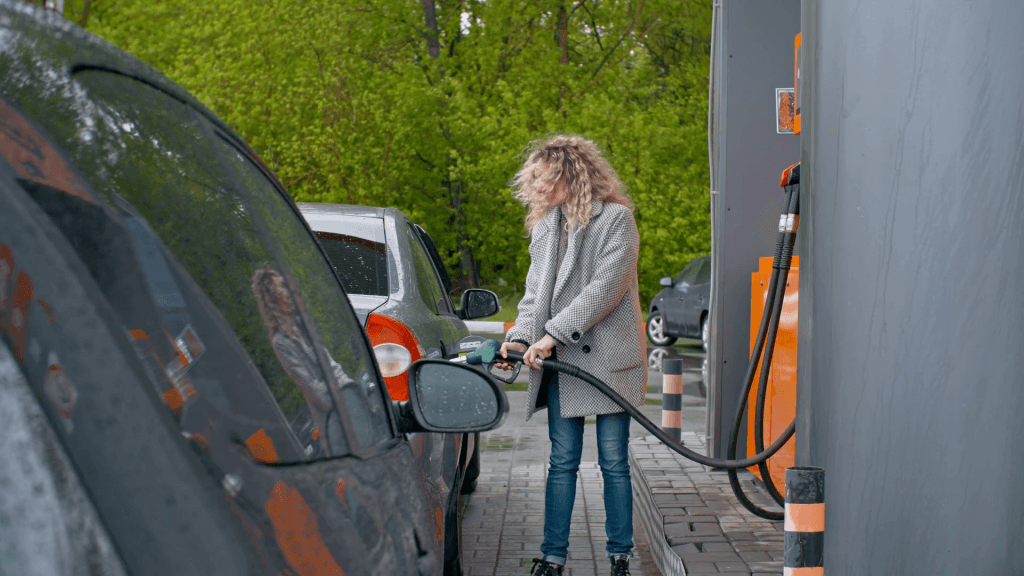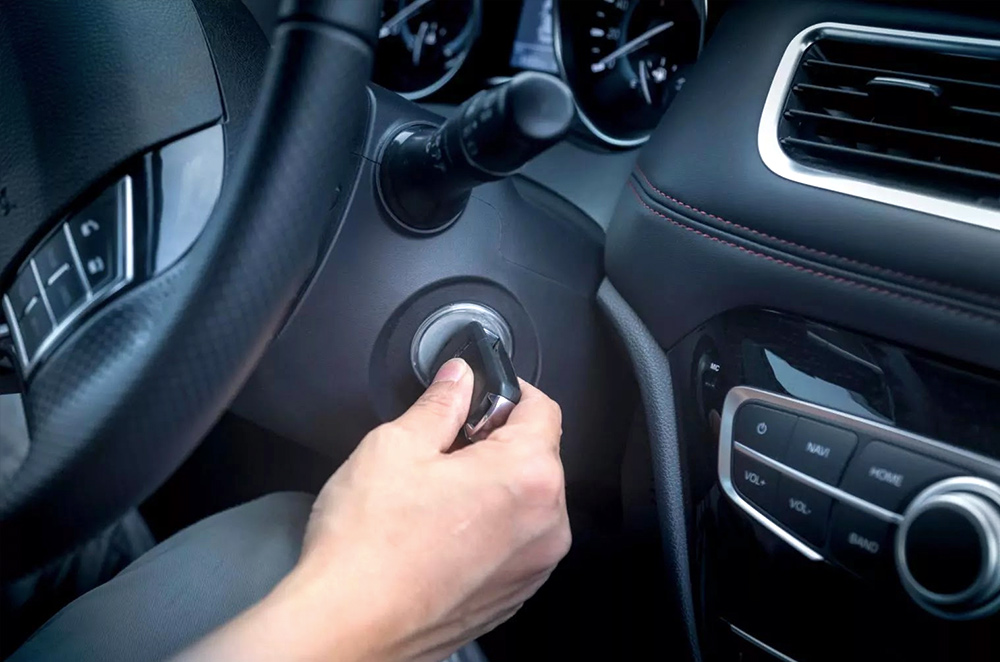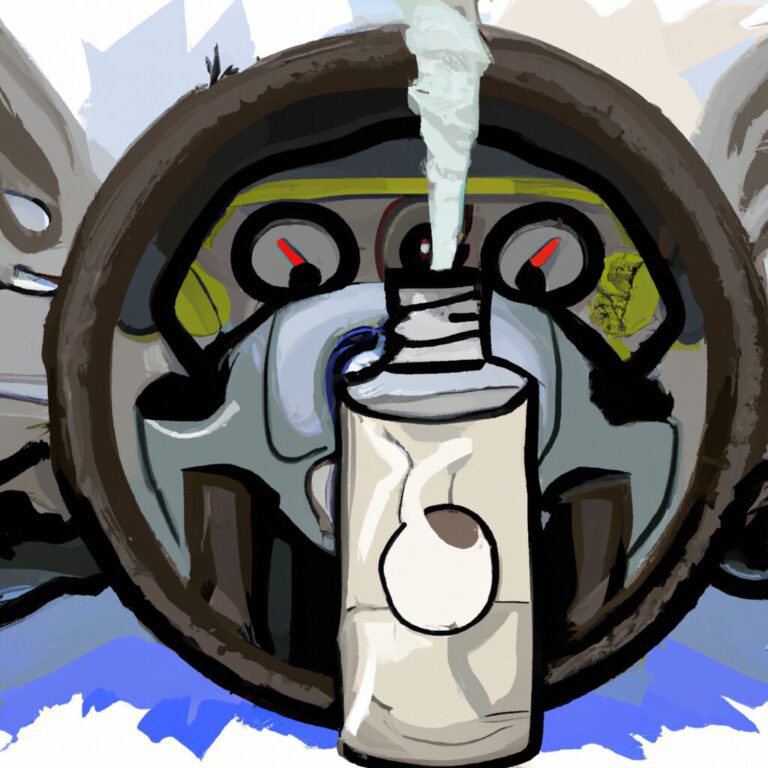How to Turn Car on Without Engine
To turn a car on without the engine, use the key in the ignition and turn it halfway. In some situations, you may need to turn your car on without starting the engine, such as when testing electrical components or accessories.
This can be done by inserting the key into the ignition and turning it to the “On” position without starting the engine. It allows you to power up the vehicle’s electronics without engaging the engine itself. This simple process is useful for troubleshooting issues or when you need power to certain parts of the car without actually running the engine.
Knowing how to turn your car on without starting the engine can be a handy skill for various situations.
Safety Precautions
When attempting to turn your car on without the engine running, it’s crucial to prioritize safety. Taking the necessary precautions can help prevent accidents and ensure a smooth process. There are several aspects to consider, including the importance of safety, checking for gas leaks, and working in a well-ventilated area.
Importance Of Safety
Prioritizing safety during this process is paramount to avoid any potential hazards. Ensure that all safety measures are in place before proceeding to reduce the risk of accidents or injuries.
Checking For Gas Leaks
Before attempting to turn on the car without the engine, thoroughly inspect the vehicle for any signs of gas leaks. This includes checking for the smell of gas and visually examining the fuel lines and connections for any potential leaks or damage.
Working In Well-ventilated Area
To prevent the buildup of harmful fumes, it’s important to work in a well-ventilated area when turning on the car without the engine running. Ensure that there is proper airflow to minimize the risk of inhaling toxic gases.

Credit: m.youtube.com
Understanding The Process
When considering how to turn a car on without starting the engine, it’s crucial to understand the process that makes it possible. By delving into the basics of the ignition system, the components involved, and potential risks, you can successfully navigate this unique method.
Basics Of Ignition System
- The ignition system in a car is responsible for initiating the combustion process.
- It involves converting the battery’s low voltage into high voltage to ignite the fuel-air mixture.
- The key component is the ignition switch, which sends electrical current to the starter motor.
Components Involved
In the process of turning a car on without the engine running, several key components play a role:
- Battery: Provides the initial electrical power needed to begin the ignition process.
- Ignition Switch: Acts as the gateway for the electrical current to flow to the necessary components.
- Starter Motor: Engages the flywheel and cranks the engine to start the combustion cycle.
Potential Risks
- One significant risk is draining the battery if the car is left in the accessory position for an extended time.
- There’s also a risk of damage to the ignition switch if excessive force is applied while turning the key.
- Attempting this method in modern cars with complex electronic systems can lead to malfunctions.
Using A Jump Starter
Choosing The Right Jump Starter
When selecting a jump starter, consider the power rating and compatibility with your car battery type.
- Look for a jump starter with sufficient power output to start your vehicle.
- Ensure the jump starter is compatible with your car’s battery type (e.g., lead-acid or lithium-ion).
Connecting The Jump Starter
To safely connect the jump starter, follow these steps:
- Turn off all electronic devices in your car.
- Connect the red clamp to the positive terminal on the battery.
- Attach the black clamp to a metal surface away from the battery.
Safety Tips
Ensure your safety by following these tips:
- Wear protective gloves and eyewear while using the jump starter.
- Keep the jump starter away from water and flames.
- Read the manufacturer’s instructions carefully before using the device.

Credit: carfromjapan.com
Using A Bypass Kit
When you find yourself in a situation where you need to turn your car on without the engine running, a bypass kit can be a lifesaver. The bypass kit allows you to start your car without the need for the engine to be operational. It’s a handy tool for emergencies, or if you need to keep your car powered for auxiliary functions without starting the engine.
Explaining The Bypass Kit
A bypass kit is a device that allows you to start your car by bypassing the traditional ignition process. It connects directly to your car’s electrical system and overrides the need for the engine to be running. This can be useful in situations where the ignition system has failed, or if you need to keep your car on for an extended period without running the engine.
Installing The Bypass Kit
Installing a bypass kit is relatively straightforward and can usually be done without professional help. The kit typically comes with detailed instructions and wiring diagrams to guide you through the installation process. It involves connecting the bypass kit to the appropriate wires within your car’s electrical system, bypassing the need for the engine to be running during the ignition process.
Steps To Turn Car On
- Locate your car’s ignition wires and battery.
- Connect the bypass kit according to the manufacturer’s instructions.
- Turn the key to the ‘on’ position, and then use the bypass kit to start the car.
- Verify that the car has started and is running smoothly without the engine being on.
Alternative Methods
Push Starting A Manual Car
Push starting a manual car is a handy technique that can get your vehicle up and running, even if the engine is not functioning properly. It involves using the car’s momentum to start the engine by engaging the clutch while the vehicle is already in motion.
Here’s how you can push start a manual car:
- Find a group of friends or kind Samaritans who can help push the car.
- Make sure the ignition is turned on, and the gearshift is in neutral.
- Push the car to gain some speed, ensuring it reaches a speed of at least 5-10 mph.
- Once you have gathered enough momentum, press the clutch pedal and shift into second gear.
- As you release the clutch pedal gradually, the engine should turn over and start running.
- Once the engine starts, keep the clutch engaged and let the car run for a while to charge the battery.
Push starting a manual car can be a useful skill to have, especially in emergency situations where you need to quickly get your car back on the road.
Using A Keyless Start System
If you have a keyless start system installed in your car, you may have the option to turn on the vehicle without the engine. This can be a convenient feature in situations where you need to operate certain electrical components of the car, such as the radio or air conditioning, without using up fuel or putting stress on the engine. Here’s how you can use a keyless start system to turn your car on without the engine:
- Ensure the car’s battery is charged and the key fob is in range of the car.
- Press the start/stop button on the dashboard once without pressing the brake pedal.
- The car’s electrical system will turn on, allowing you to use features like the radio and air conditioning.
Keep in mind that using the keyless start system without actually starting the engine will drain the car’s battery over time. Therefore, it’s important to remember to turn off the electrical components when you’re finished using them.

Credit: www.autodeal.com.ph
Frequently Asked Questions Of How To Turn Car On Without Engine
How Do You Start A Car When It’s Not Working?
To start a car that’s not working, first check if the battery is dead or if there’s enough fuel. If it’s a dead battery, jump-start it using jumper cables and another car. If there’s fuel, but the engine isn’t turning, it may be a starter problem.
In that case, have it towed to a mechanic.
How Do You Start A Car With A Broken Ignition?
Insert the key into the ignition and turn it forcefully. If the ignition is broken, a locksmith or mechanic must fix it before starting the car. Avoid DIY methods to prevent further damage.
What Is It Called When Your Car Is On But Not The Engine?
When the car is on but the engine is not running, it is called idling. Idling is when the vehicle is stationary with the engine running.
How Do I Put My Car In Accessory Mode?
To put your car in accessory mode, insert the key and turn it to the ACC position. Another way is to press the start/stop button without pressing the brake pedal.
Can You Turn A Car On Without The Engine?
No, it’s not possible to turn a car on without the engine as the engine provides the necessary power for the vehicle to start and run.
Is It Safe To Turn On A Car Without The Engine Running?
No, it is not safe to turn on a car without the engine running as it can drain the battery and potentially damage the electrical components.
What Happens If You Try To Start A Car Without The Engine?
If you try to start a car without the engine, you will hear a clicking sound or nothing at all, as the starter motor relies on the engine combustion to generate power.
Conclusion
To sum up, understanding how to start a car without the engine is a valuable skill in certain situations. It’s important to remember that this method should be used only in emergencies and not as a regular practice to avoid potential damage to the vehicle.
By following the right steps and taking necessary precautions, you can safely turn your car on without the engine running.


